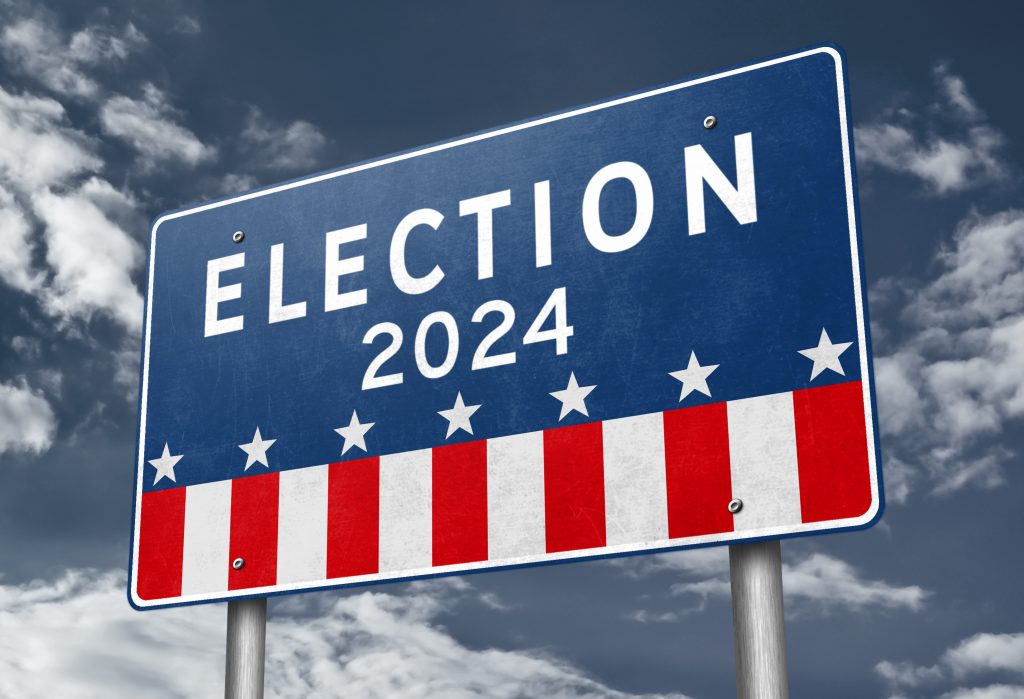This is the third in our series on navigating the 2024 election in our schools from Jen Cort. Be sure to also check out part one, 5 decisions to make now, and part 2, starting from shared values and routines.
Navigating political discussions in the classroom, especially during election seasons, presents unique challenges for educators. Politicized discussions can potentially create ‘loyalty conflicts’ when students feel pulled between the beliefs expressed at home and at school. However, these moments can also foster growth if we cultivate environments promoting empathy, critical thinking, and respectful dialogue. By allowing space where diverse viewpoints are respected, we can support students through these discussions without pressuring them to take sides, build emotional intelligence, and foster a deeper understanding of different perspectives.
The most important factor in how difficult discussions play out is how the teacher shapes an environment encouraging open, respectful dialogue. Framing class discussions as explorations of multiple perspectives empowers students to express personal beliefs while respecting the diversity of values within their school community. To create balance through intentionality, we prioritize empathy and media literacy. Activities like comparing news from various outlets, analyzing social media trends, and discussing how algorithms shape information can equip students with tools for processing information.
Some educators use digital platforms like Jamboard or Padlet to turn divisive topics into opportunities for learning and growth, where students reflect on key messages, create values-based posters, and collaborate on debate strategies. Political discussions can evoke strong emotions and deeply held opinions. To manage these discussions effectively, consider these seven tips for maintaining a respectful learning environment:
- Set clear expectations early to create a foundation for civil discourse: Establish agreements for communication, such as not interrupting, active listening, and avoiding personal attacks.
- Frame class discussions: Ensure class discussions are understood as learning opportunities rather than debates with winners and losers, encouraging students to see disagreements as chances for growth and understanding.
- Be Value-Based: Many schools ask teachers not to express political views; we can lean on values such as respect and fairness. For example, teachers can ask students how equity is or is not present in a debate, allowing students to express their opinions freely while adhering to shared values.
- Use Guiding Questions: Ask open-ended questions like, ‘What do you think the long-term impact of this policy might be?’ encouraging critical thinking and directing the conversation. For instance, when discussing a policy, ask students to consider its potential impact on other groups to allow them to evaluate it without being influenced.
- Focus on Shared Values: Even when opinions differ, highlighting common values such as fairness and safety can help reduce tension and remind students of their shared goals. For example, when discussing a controversial issue, point out that both sides likely value fairness but may have different ideas about what is fair, helping students see that they share common ground, even if they disagree on specific points.
- Include media awareness: A key aspect of political discussions is teaching students how to critically evaluate media sources. Discussing how news outlets frame events and encouraging students to reflect on their own biases helps deepen their understanding of themselves and others.
- Support positive expression of emotions: Educators can help students by acknowledging feelings and providing a safe space for expression. Before heated discussions, reviewing expectations for respectful listening and using mindfulness techniques (see lesson plan) can set a supportive tone. Educators can use ‘distancing questions’ to help students distance themselves from immediate emotional reactions by asking what other students in different schools might believe. Pausing during discussions to reflect or write down thoughts can also help students process emotions before responding. Debriefing after a heated debate can further help students reflect on what worked and what didn’t and how they can manage emotions better in the future. Techniques like turn and learn (think-pair-share) can help quieter students contribute, and being mindful of marginalized voices ensures that all perspectives can be shared. When discussing sensitive topics, creating a space where everyone feels safe to share and acknowledging discomfort is vital to maintaining a respectful environment.
Students may view elections in extreme terms, especially during presidential campaigns; everything will be great or terrible, depending on the president. Educators can broaden their perspectives by teaching about the layered workings of government and how local elections affect daily life, allowing students to appreciate the significance of all elections, not just the presidency. Lastly, educators must reflect on their own biases and emotional responses. Subtle expressions of personal beliefs, even through nonverbal cues, can influence the classroom atmosphere. By maintaining a value-based stance and promoting critical thinking, educators can create an environment where students can freely form their opinions without judgment.
By fostering an open, balanced, and empathetic classroom environment, educators can guide students through political discussions that promote respect, emotional intelligence, and thoughtful discourse. Turning moments of potential conflict into opportunities for meaningful growth prepares students for their roles as informed, engaged citizens.
Jen is a diversity practitioner, author, podcast host, school counselor, trustee, coach, speaker, consultant, and activist. She has also served as a principal, school administrator, and elementary, middle, and high school counselor. Jen works throughout the United States and in multiple countries. She has keynoted and presented at national and international conferences and frequently contributes to publications. Her work is quoted in Racing Toward Diversity, Insights, Friends Journal, NAIS Independent Journal, Washington Post, Boston Globe, New York Times, and more. Jen hosts an internationally syndicated podcast, “Third Space With Jen Cort,” she is the author of the book ‘HUBs Help Us Begin Strategies When the Topic is Challenging.’
